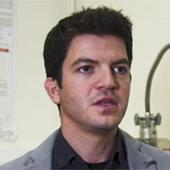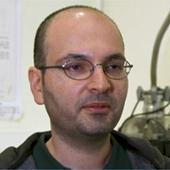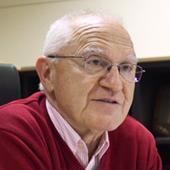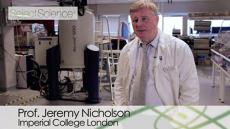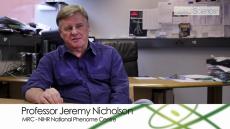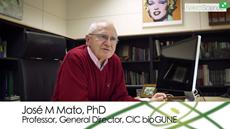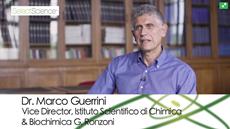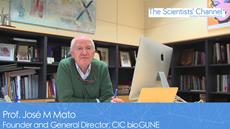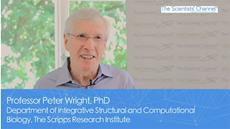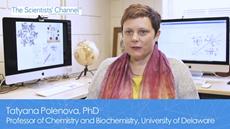Professor Daniella Goldfarb
Weizmann Institute of ScienceHow optimized spin labels allow accurate in vivo distance measurements through EPR
21 Oct 2019
Distance measurement by electron paramagnetic resonance (EPR) provides structural information on proteins and nucleic acids and is often complementary to nuclear magnetic resonance (NMR). As EPR applies to paramagnetic systems, the study of diamagnetic molecules requires the addition of spin labels. Traditionally, stable radicals such as nitroxide spin labels are used to collect scarce structural information on proteins in solution. However, these labels are reduced when the proteins are present in cells. In this video, Prof. Daniella Goldfarb explains how, with optimized stable gadolinium complexes for labeling proteins, she is carrying out EPR distance measurements in vivo. Prof. Goldfarb attributes the success of this research to multiple collaborators: Dr Akiva Feintuch, Department of Chemical and Biological Physics, Weizmann Institute of Science, who helped Goldfarb develop the home-built spectrometer in the lab; Prof. Gottfried Otting, Australian National University Research School of Chemistry; Prof. Xun-Cheng Su, Nankai University; Prof. Philipp Selenko, Department of Biological Regulation, Weizmann Institute of Science; Prof. David Milstein, Department of Organic Chemistry, Weizmann Institute of Science; Adelheid Godt, Bielefeld University.







